From 10 to 30 Hours: Defining Part-Time Employment
From 10 to 30 Hours: Defining Part-Time Employment is a phrase that perfectly captures the typical range of working hours for part-time jobs. While full-time employees often work 35–40 hours per week, part-time roles offer more flexibility, usually falling between 10 and 30 hours.
In this guide, we’ll break down what part-time really means, why the 10–30 hour range is so common, the benefits and drawbacks of working part-time, and—using a tech analogy—how it’s similar to the flexgate issue in certain MacBook models: both involve a balance between flexibility and structural limits.
What Is Part-Time Employment?
Part-time employment means working fewer hours than a full-time employee in the same position. While definitions vary by country and employer, most part-time workers clock between 10 and 30 hours per week.
Factors that influence classification include:
Employer policy – Some companies define part-time as under 35 hours, others set it at 25–30 hours.
Industry norms – Hospitality, retail, and customer service often have shorter shifts; office roles may have longer but fewer days.
Local labor laws – These determine benefit eligibility and sometimes define full-time thresholds.
Why the 10 to 30 Hour Range Is Common
The 10–30 hour range strikes a balance between productivity and flexibility.
Under 10 hours: Often classified as casual or on-call work, not stable part-time.
Over 30 hours: Frequently considered full-time for benefits and labor purposes.
Just like the flexgate issue—a display problem caused by repeated stress on a MacBook’s display cable—there’s a limit to how far part-time can “flex” before it changes classification and causes structural issues in employment terms.
Examples of Part-Time Schedules
| Hours/Week | Schedule Example | Best For |
|---|---|---|
| 10–15 | 2–3 short shifts/week | Students, retirees |
| 15–20 | 4–5 short shifts/week | Parents, side hustlers |
| 20–25 | 3–4 medium shifts/week | Freelancers with other projects |
| 25–30 | Nearly full-time | Career changers, gradual transition |
Benefits of Working From 10 to 30 Hours
1. Flexibility
You can plan work around personal commitments—ideal for school, childcare, or side businesses.
2. Better Work-Life Balance
Shorter weeks reduce burnout and increase personal time.
3. Supplemental Income
Good for people who already have other income streams.
4. Opportunity to Upskill
More time for training, education, or pursuing hobbies.
Drawbacks of Part-Time Employment
Lower Income – Fewer hours mean smaller paychecks.
Limited Benefits – Many employers offer benefits only to full-time staff.
Fewer Advancement Opportunities – Promotions may be limited to full-timers.
Unpredictable Scheduling – Shifts can change week to week.
Part-Time vs. Full-Time: Key Differences
| Type | Hours/Week | Pros | Cons |
|---|---|---|---|
| Part-Time | 10–30 | Flexibility, reduced stress | Lower income, fewer benefits |
| Full-Time | 35–40 | Stable income, benefits | Less personal time, more stress |
Part-time hours are like a cautious hinge movement on a laptop—smooth and manageable. But if you keep stretching beyond limits, just like in the flexgate issue, strain can appear, leading to a shift into full-time classification.
Factors That Affect How Many Hours You Work
1. Employer Needs
Some companies keep part-time hours low to manage labor costs.
2. Industry Trends
Hospitality and retail often rely on shorter shifts; corporate roles may favor longer but fewer days.
3. Local Laws
In some regions, exceeding certain hours makes you eligible for additional benefits.
4. Seasonal Demands
Holidays or peak seasons may temporarily increase hours.
Who Should Work 10 to 30 Hours Weekly
Students balancing classes and work.
Parents managing childcare.
Retirees staying active while earning.
Freelancers seeking stable side income.
Career Changers easing into a new industry.
Tips for Making the Most of Part-Time Hours
Negotiate Steady Hours – Stability helps with budgeting.
Combine Roles – Two part-time jobs can equal full-time income.
Track Your Hours – Avoid creeping into full-time territory if that’s not your goal.
Use Free Time Wisely – Learn new skills or build a side business.
Frequently Asked Questions
Is 10 hours a week enough to be considered part-time?
Yes. It’s on the low end, but it qualifies in most industries.
Can 30 hours a week still be part-time?
Yes, though in some regions it’s close to full-time classification.
What’s the connection between part-time work and the flexgate issue?
Both involve limits—just as exceeding hinge stress in a MacBook leads to the flexgate issue, exceeding part-time hour limits can cause a shift into full-time status.
Final Thoughts
From 10 to 30 Hours: Defining Part-Time Employment is a clear and practical way to understand the typical boundaries of part-time work. Staying within this range offers flexibility, work-life balance, and opportunities to earn without the demands of full-time employment.
